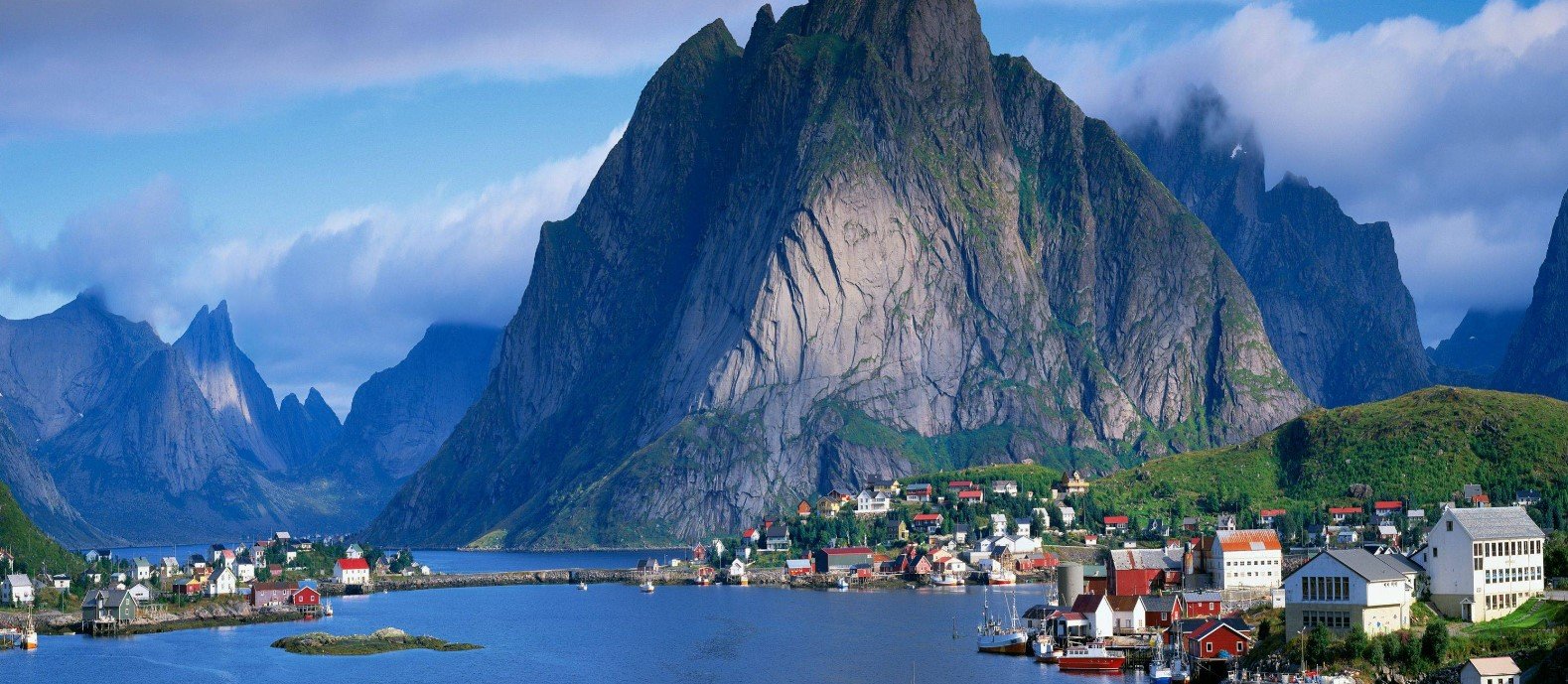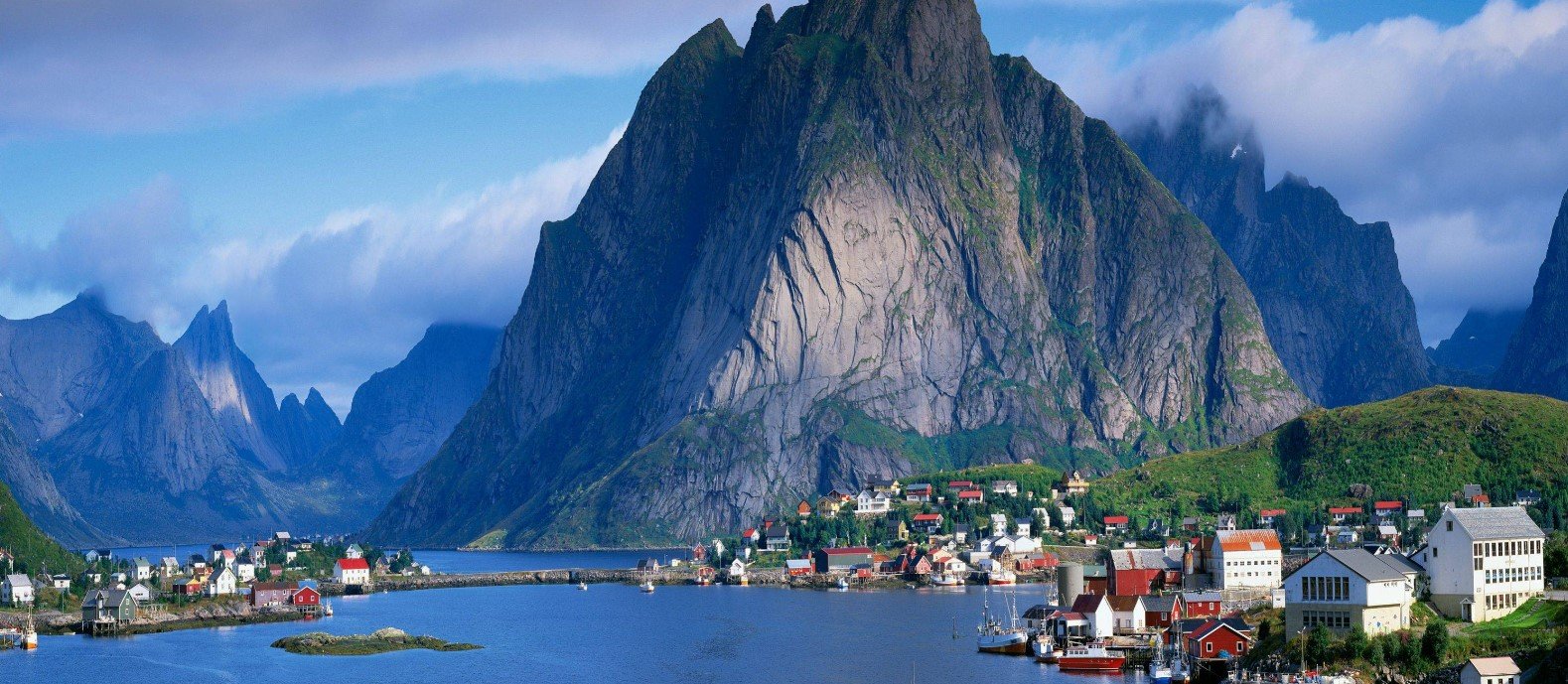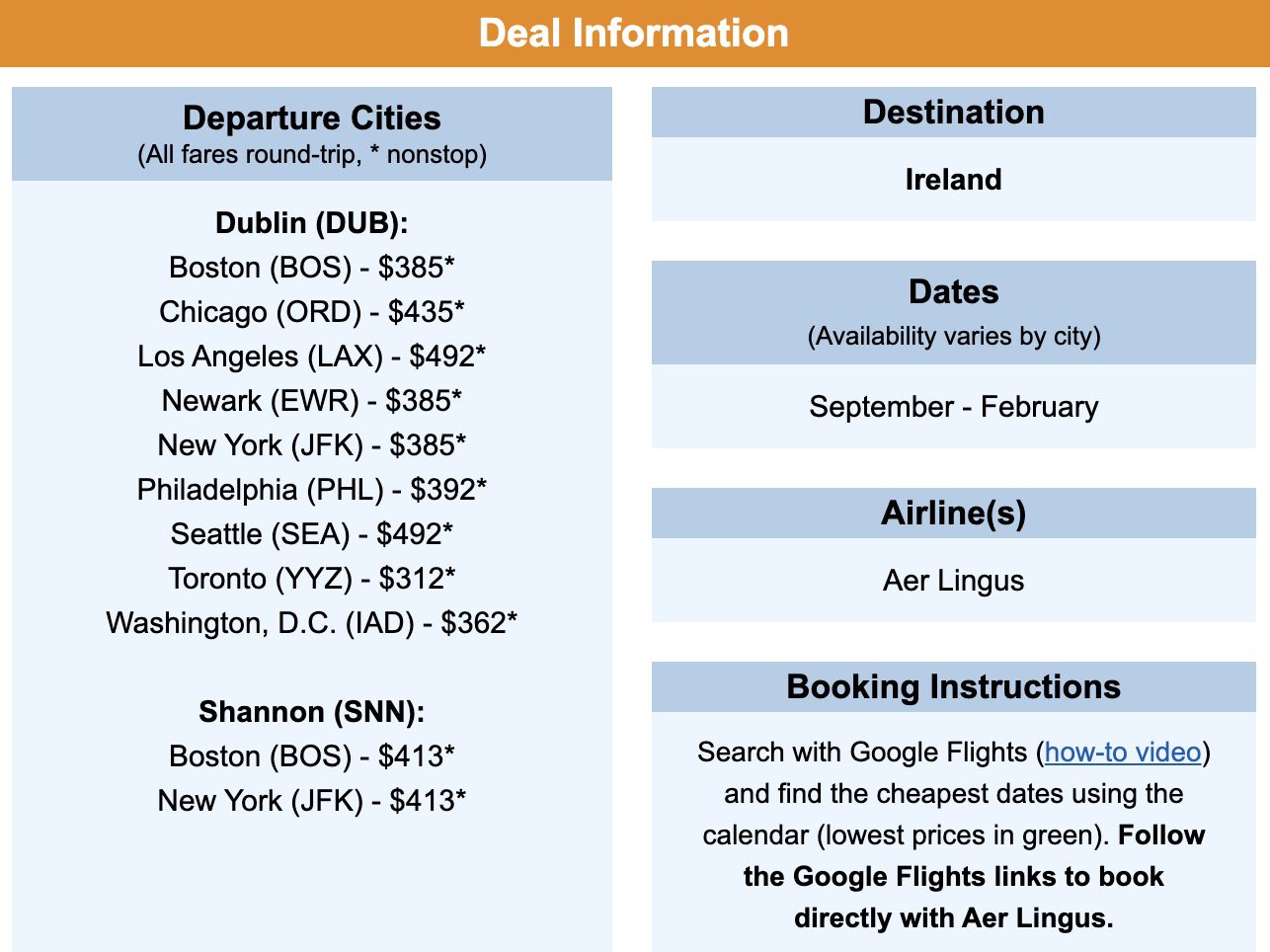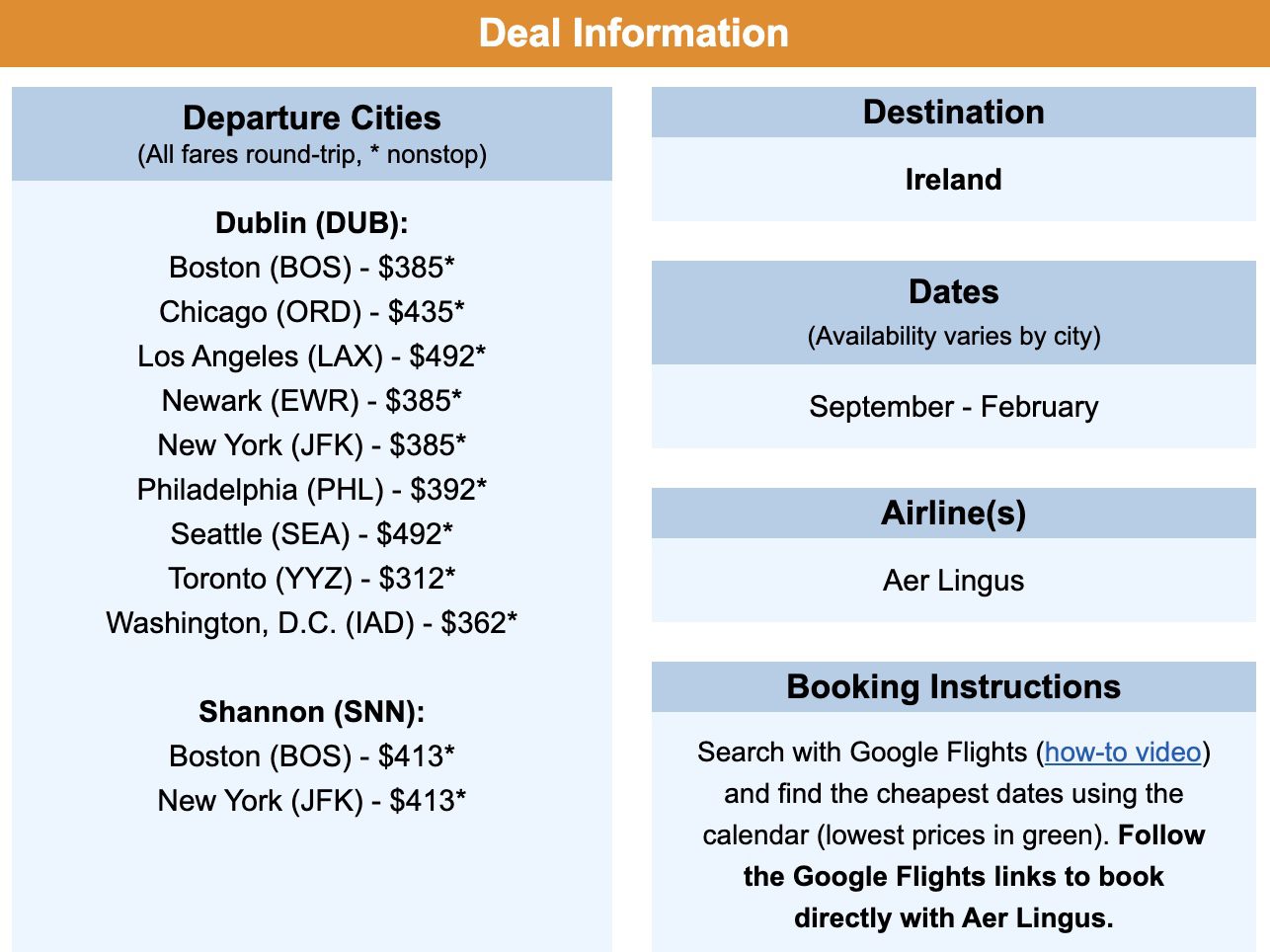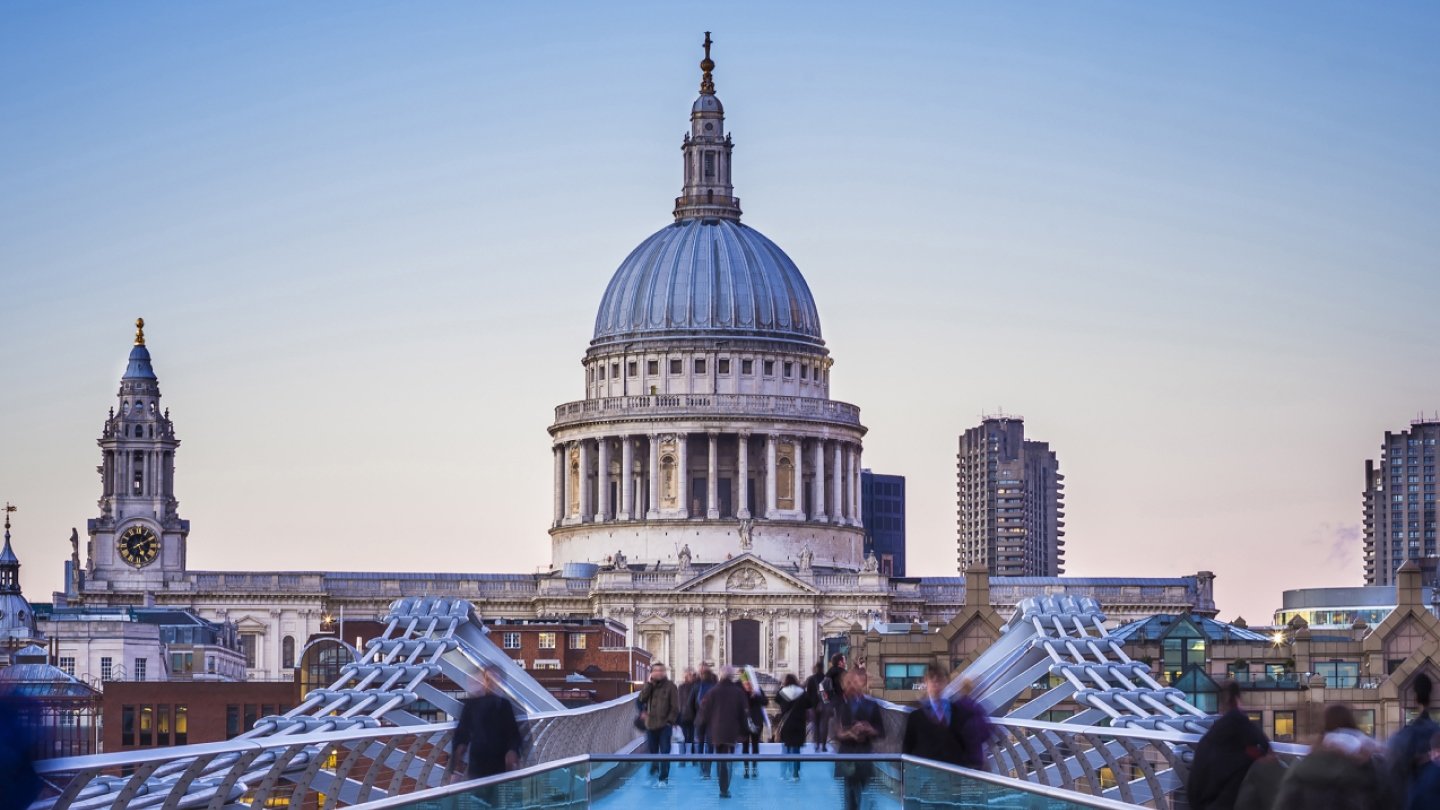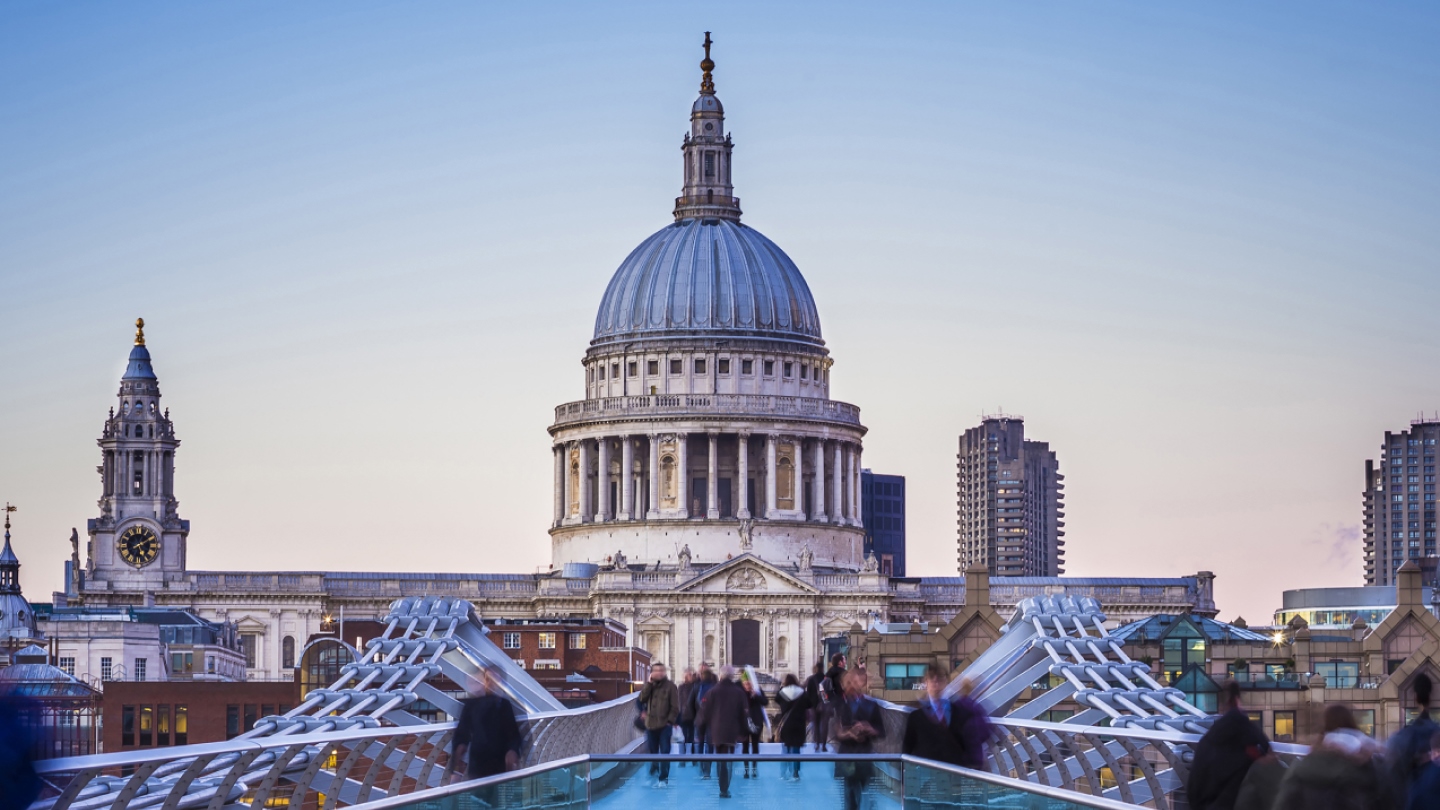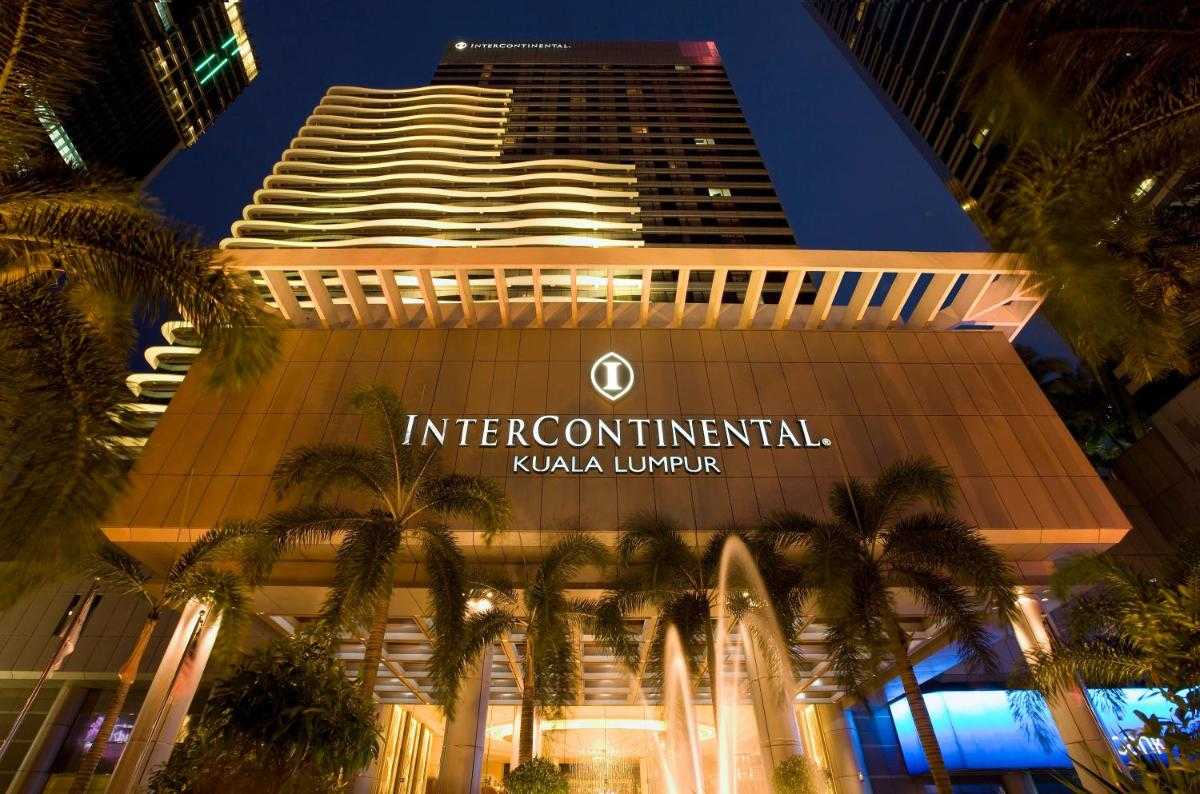
Kuala Lumpur, affectionately known as KL, is more than just Malaysia’s capital; it’s a vibrant, pulsing heart where gleaming skyscrapers pierce the tropical sky, ancient traditions whisper through bustling markets, and diverse cultures create a captivating tapestry of experiences. From its humble beginnings as a tin-mining outpost to its current status as a global metropolis, KL offers an intoxicating blend of modernity and heritage, making it an irresistible destination for travelers.
This comprehensive guide will navigate you through the best hotels in Kuala Lumpur, alongside its top attractions, rich history, essential travel tips, accommodation options for every budget, efficient transportation, and the optimal time to visit, ensuring your trip to this dazzling city is unforgettable.
A Glimpse into Kuala Lumpur’s Soul: A Brief History
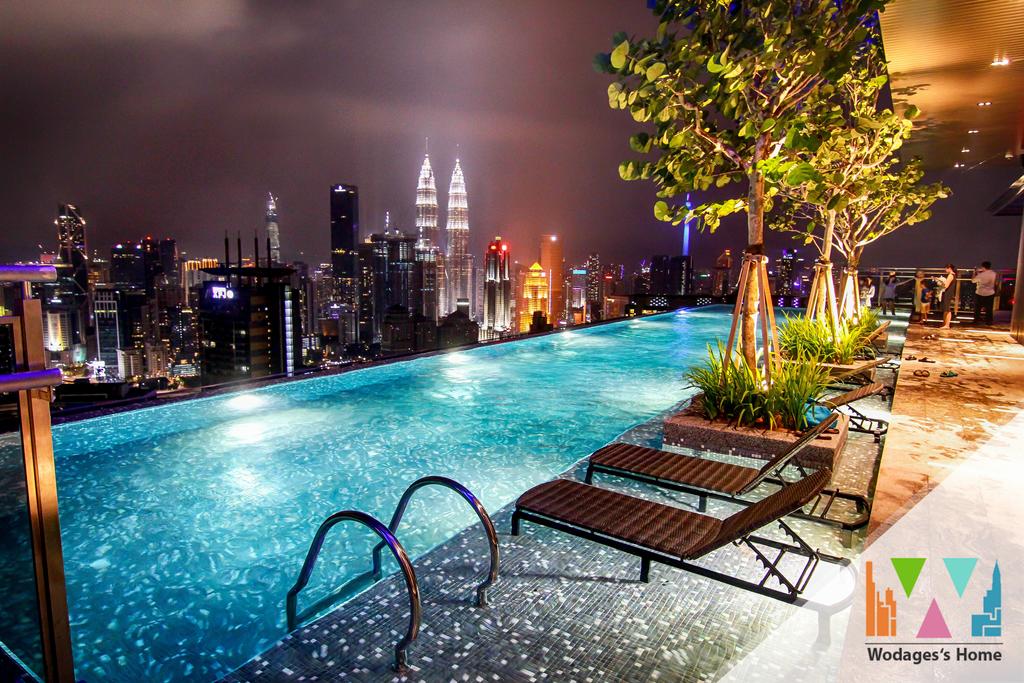
Related Articles about Kuala Lumpur: A Symphony of Steel, Spice, and Serenity – Your Guide to the Best Hotels and Experiences:
- España’s Crown Jewels: A Journey Through Spain’s Best Hotels and Unforgettable Experiences
- Emerald Isle Enchantment: A Comprehensive Guide to Discovering Ireland
- Yogyakarta: The Soul of Java – A Complete Guide
- Chile: A Symphony of Extremes and Enduring Charms
- Peru: A Tapestry of Wonders – Your Ultimate Guide to Adventure and Discovery
The story of Kuala Lumpur begins in the mid-19th century, when Chinese tin miners ventured up the Klang and Gombak rivers, establishing a settlement at their muddy confluence – hence the name "Kuala Lumpur," meaning "muddy confluence" in Malay. Despite initial hardships, including disease, floods, and tribal conflicts, the town grew, fueled by the lucrative tin trade.
Under British colonial rule, particularly with the appointment of Frank Swettenham as Resident General in 1882, KL underwent significant transformation. Brick buildings replaced wooden and attap structures, and a railway line connected it to Port Klang, cementing its importance. Iconic colonial architecture, like the Sultan Abdul Samad Building and Merdeka Square, emerged during this era, symbolizing the administrative heart of British Malaya.
The 20th century brought both challenges and triumphs. The Japanese occupation during World War II left its scars, but the city rebounded, ultimately becoming the capital of the newly independent Federation of Malaya in 1957. The momentous declaration of independence at Merdeka Square remains a pivotal moment in Malaysian history.
Post-independence, KL embarked on an ambitious journey of rapid development and modernization. The late 20th and early 21st centuries saw the construction of its most iconic landmarks, including the Petronas Twin Towers, a symbol of Malaysia’s economic prowess and aspiration, and the Kuala Lumpur Tower. Today, KL is a multicultural melting pot, a testament to its Chinese, Malay, Indian, and indigenous influences, reflected in its cuisine, festivals, and everyday life.
Why Visit KL? Top Attractions
Kuala Lumpur boasts an array of attractions that cater to every interest, from architectural marvels to cultural sanctuaries and natural escapes:
- Petronas Twin Towers & KLCC Park: These majestic towers, once the tallest buildings in the world, remain KL’s most recognizable landmark. Visitors can ascend to the Skybridge and Observation Deck for breathtaking city views. At their base lies Suria KLCC, a premier shopping mall, and the beautifully landscaped KLCC Park, featuring a jogging track, children’s playground, and a symphony lake with daily water shows.
- Kuala Lumpur Tower (Menara KL): Offering panoramic 360-degree views, the KL Tower provides an alternative perspective of the cityscape, often less crowded than the Twin Towers. Its revolving restaurant, Atmosphere 360, offers a unique dining experience.
- Batu Caves: Just north of the city, these ancient limestone caves house a series of Hindu temples and shrines. A towering golden statue of Lord Murugan guards the entrance, and visitors must climb 272 colorful steps to reach the main cave, a truly awe-inspiring spiritual and physical journey.
- Merdeka Square (Independence Square): A historically significant site where the Malaysian flag was first hoisted in 1957. Surrounded by stunning colonial-era buildings like the Sultan Abdul Samad Building and the Royal Selangor Club, it’s a picturesque spot for history buffs and photographers.
- Central Market (Pasar Seni): Housed in a beautifully restored art-deco building, this cultural hub offers a wide array of Malaysian handicrafts, souvenirs, and traditional goods. It’s a great place to immerse yourself in local artistry and find unique gifts.
- Chinatown (Petaling Street): A vibrant, bustling district known for its street food, bargain shopping, and lively atmosphere. While the goods may be knock-offs, the energy, aromas, and sounds make it an essential KL experience.
- Jalan Alor: KL’s most famous food street comes alive at night, transforming into a sensory feast of Malaysian, Chinese, and Thai street food. From satay and seafood to durian and local desserts, it’s a must-visit for foodies.
- Perdana Botanical Gardens (Lake Gardens): A tranquil oasis in the heart of the city, home to the world-renowned KL Bird Park (the largest free-flight aviary), a stunning Orchid Garden, and the Hibiscus Garden. Perfect for a leisurely stroll and a break from the urban bustle.
- Thean Hou Temple: One of the largest and most ornate Chinese temples in Southeast Asia, dedicated to the Goddess of Heaven. Its intricate architecture, colorful lanterns, and panoramic city views make it a popular spot for worship and tourism.
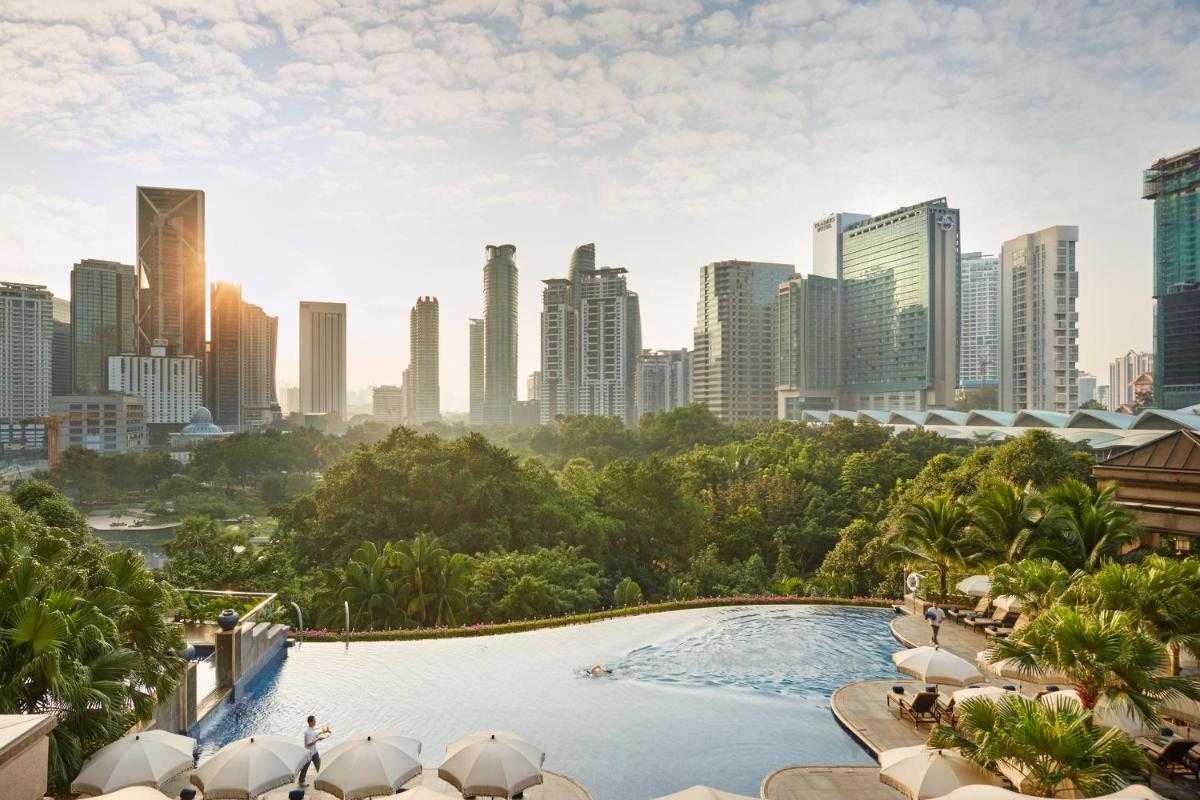
Choosing Your Oasis: Accommodation Options in Kuala Lumpur
Kuala Lumpur’s hotel scene is as diverse as its culture, offering everything from ultra-luxury resorts to charming boutique stays and budget-friendly hostels. The best choice depends on your budget, travel style, and preferred location.
1. The Epitome of Luxury: Five-Star Opulence
KL excels in offering world-class luxury, often at a more accessible price point than other global cities. These hotels are defined by impeccable service, lavish amenities, stunning design, and prime locations.
- Mandarin Oriental, Kuala Lumpur: Situated directly between the Petronas Twin Towers and KLCC Park, the Mandarin Oriental offers unparalleled views, exquisite dining, a stunning infinity pool overlooking the park, and direct access to Suria KLCC. It’s perfect for those seeking classic luxury and convenience.
- Grand Hyatt Kuala Lumpur: Also boasting a prime KLCC location, the Grand Hyatt is known for its spacious rooms, many with direct Twin Towers views, and its unique 360-degree revolving restaurant, THIRTY8, offering panoramic cityscapes. Its outdoor pool and spa facilities are top-notch.
- Four Seasons Hotel Kuala Lumpur: Connected to the Suria KLCC shopping mall and adjacent to KLCC Park, the Four Seasons offers sophisticated elegance. Its residential-style rooms, exceptional service, and multiple dining venues, including the popular Bar Trigona, make it a favorite for discerning travelers.
- The St. Regis Kuala Lumpur: Located near KL Sentral, offering easy access to transportation, The St. Regis exudes timeless grandeur. Known for its signature butler service, opulent interiors, and excellent culinary offerings, it’s a haven of refined luxury.
- W Kuala Lumpur: For those who prefer a more modern, vibrant, and design-led luxury experience, the W KL delivers. Its bold aesthetics, energetic atmosphere, and fantastic rooftop bar (Wet Deck) with incredible Twin Towers views make it a trendy choice.
2. Boutique Charms: Style and Character
For travelers seeking a more intimate and unique experience, KL’s boutique hotels offer distinct personalities and design-forward concepts.
- The Chow Kit – An Ormond Hotel: Located in the historic Chow Kit district, this hotel beautifully blends traditional Malaysian elements with contemporary design. It offers a stylish, comfortable, and locally inspired stay, with an excellent restaurant serving Malaysian comfort food.
- Hotel Stripes Kuala Lumpur, Autograph Collection: Part of Marriott’s Autograph Collection, Hotel Stripes embodies the vibrant spirit of the Jalan Kamunting area. Its industrial-chic design, rooftop infinity pool, and proximity to local eateries and boutiques make it a trendy and sophisticated choice.
- Otherwise known as The Kuala Lumpur Journal Hotel: Situated in the heart of Bukit Bintang, this lifestyle boutique hotel is known for its stylish interiors, comfortable rooms, and a fantastic infinity pool with city views. It’s a great base for exploring the shopping and nightlife district.
3. Mid-Range Marvels: Comfort and Value
Kuala Lumpur offers a plethora of mid-range hotels that provide excellent comfort, amenities, and service without breaking the bank, often in convenient locations.
- Traders Hotel, Kuala Lumpur: Connected to KLCC via a covered walkway, Traders is famous for its "sky bar" (SkyBar) offering stunning views of the Petronas Twin Towers. It’s a popular choice for business travelers and those seeking a comfortable stay with great amenities and views.
- Novotel Kuala Lumpur City Centre: Centrally located in Bukit Bintang, close to shopping malls and public transport, Novotel offers modern rooms, good facilities including a pool and fitness center, and reliable service at a competitive price.
- Aloft Kuala Lumpur Sentral: Directly connected to the KL Sentral transportation hub, Aloft is perfect for travelers prioritizing convenience. It offers a funky, tech-savvy vibe, comfortable rooms, and a rooftop infinity pool.
- PARKROYAL COLLECTION Kuala Lumpur: Located on Jalan Sultan Ismail in the Bukit Bintang area, this hotel offers stylish rooms, good dining options, and a focus on sustainability, making it a strong contender for those seeking both comfort and conscious travel.
4. Budget-Friendly Stays: Practical and Affordable
For backpackers, solo travelers, or those on a tight budget, KL has a wealth of hostels and budget hotels that offer clean, safe, and often social accommodation.
- Tune Hotel KLCC: Offering minimalist yet comfortable rooms, Tune Hotels are known for their "pay-as-you-use" concept, allowing guests to customize their stay. The KLCC branch is excellent for its location and value.
- Various Hostels in Bukit Bintang & Chinatown: Areas like Bukit Bintang and Chinatown are brimming with well-regarded hostels such as The Dorm KL, BackHome Kuala Lumpur, and Mingle Hostel. These often provide communal spaces, tours, and a great atmosphere for meeting fellow travelers.
Navigating the City: Transportation in Kuala Lumpur
Getting around KL is relatively easy and efficient, thanks to its well-developed public transport network and ride-hailing services.
- From the Airport (KLIA/KLIA2):
- KLIA Ekspres/Transit: The fastest way to and from KLIA/KLIA2 to KL Sentral (the main transportation hub). Ekspres is non-stop, Transit makes a few stops. Journey time is about 30-35 minutes.
- Grab/Taxi: Available from the airport, offering door-to-door service. Taxis use a coupon system or meter.
- Within the City:
- LRT (Light Rail Transit), Monorail, MRT (Mass Rapid Transit): These interconnected train lines cover most major attractions and commercial centers. They are efficient, air-conditioned, and affordable. A MyRapid Touch ‘n Go card can be used for seamless travel.
- Grab (Ride-Hailing): Hugely popular and reliable, Grab offers affordable and convenient rides across the city. It’s often cheaper than taxis and provides upfront pricing.
- Taxis: Readily available but ensure the driver uses the meter. Negotiate the fare beforehand if they refuse.
- GoKL City Bus: A free bus service operating on several routes connecting major tourist spots and shopping areas. Look for the distinctive purple buses.
- Walking: While some areas like Bukit Bintang and KLCC are walkable, KL’s tropical climate and sprawling nature mean walking long distances can be challenging. Use public transport for inter-district travel.
Timing Your Trip: Best Time to Visit Kuala Lumpur
Kuala Lumpur experiences a tropical rainforest climate, meaning it’s hot, humid, and rainy year-round. However, some periods are generally more favorable than others:
- Generally Good (Less Rain): May to July & December to February. These months typically see less rainfall and slightly lower humidity, though heavy downpours can still occur, usually in the late afternoon.
- Peak Season: December to February often coincides with school holidays and festive seasons (Christmas, New Year, Chinese New Year), leading to higher hotel prices and larger crowds.
- Shoulder Season: March to April and August to November can also be pleasant, but these months tend to receive more rainfall, especially during the Northeast Monsoon (Nov-Mar) which can bring heavier, prolonged rain, though KL is less directly affected than Malaysia’s east coast. The Southwest Monsoon (May-Sept) tends to be milder for KL.
- Best Time for Deals: If you don’t mind the rain, traveling during the monsoon seasons can yield better hotel rates and fewer crowds.
Regardless of when you visit, always be prepared for rain with an umbrella or raincoat, and stay hydrated in the heat.
Seamless Travel: Essential Tips for Kuala Lumpur
- Visa Requirements: Check if you need a visa for Malaysia before traveling. Many nationalities enjoy visa-free entry for up to 90 days.
- Currency: The local currency is the Malaysian Ringgit (MYR). ATMs are widely available, and credit cards are accepted in most establishments.
- Language: Bahasa Malaysia (Malay) is the official language, but English is widely spoken, especially in tourist areas, hotels, and business sectors. Mandarin and Tamil are also common.
- Safety: KL is generally safe, but like any big city, be aware of your surroundings, especially in crowded markets. Petty crime like pickpocketing can occur. Use reputable taxis or Grab.
- Cultural Etiquette: When visiting religious sites (mosques, temples), dress modestly (shoulders and knees covered). Remove your shoes before entering homes or certain places of worship. Use your right hand for eating and giving/receiving items.
- Connectivity: Purchasing a local SIM card (e.g., Celcom, Maxis, Digi) upon arrival at the airport is easy and affordable, providing cheap data for navigation and communication.
- Food & Drink: Embrace the street food culture – it’s delicious and safe. Tap water is generally treated, but it’s advisable to drink bottled water.
- Hydration: The tropical heat and humidity can be intense. Drink plenty of water throughout the day.
- Bargaining: At local markets (like Central Market or Petaling Street), bargaining is expected and can be a fun part of the shopping experience.
Conclusion
Kuala Lumpur is a city that defies easy categorization. It’s a land of contrasts, where tradition gracefully coexists with hyper-modernity, and diverse cultures blend seamlessly to create a truly unique urban experience. Whether you seek the pinnacle of luxury in a five-star skyscraper, the charm of a boutique hideaway, or a comfortable base for your adventures, KL’s array of hotels ensures you’ll find your perfect sanctuary. Coupled with its iconic attractions, rich history, efficient transport, and tantalizing cuisine, Kuala Lumpur promises an exhilarating and deeply rewarding journey. Pack your bags, prepare your senses, and discover the magnetic allure of this dazzling Southeast Asian gem.
